Crimson Cloaked She Rises
Where I live, the moon rises from behind a mountain. In autumn, when the nights draw in and the air carries a hush, you can see its light before you see its face—an eerie glow seeping through mist and breeze, as if the land itself remembers. On eclipse night, that glow deepens. The moon climbs crimson, veiled and watching, and for a moment, the mountain becomes a threshold between seen and unseen, between shadow and story.
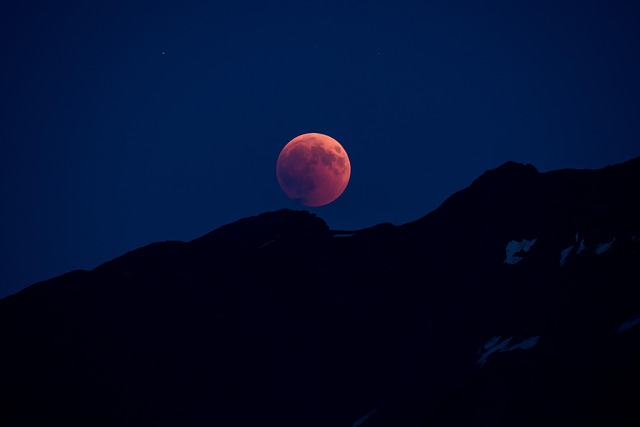
As the moon rises from behind the mountain, its light already whispering through mist and breeze, I think of Arianrhod—she who dwells in Caer Arianrhod, both star-fort and sea-rock. Like the moon, she touches earth and sky, shaping cycles and stories. Her silver wheel turns not only in the heavens but in the marrow of the land, reminding us that sovereignty is not separation, but relationship.
In Welsh tradition, the moon is not merely a celestial body—it is a keeper of rhythm, a weaver of tides and time. Eclipses, then, are not interruptions but intensifications. They mark thresholds where the ordinary slips into myth. The blood moon, with its copper hush, recalls the red veils of Rhiannon, the shadowed wisdom of Cerridwen, and the silver wheel of Arianrhod—moon mother, initiator, and sovereign of Caer Sidi. In these moments, the sky becomes a cauldron, and we are invited to stir memory, grief, and belonging.
Reflection on the Eclipse That Was
On the night of September 7th, 2025, the moon rose already veiled in Earth’s shadow. The eclipse began in quiet—its penumbral hush deepening into totality as twilight fell. By the time the moon crested the eastern horizon, it wore its crimson veil fully, a copper hush settling over the land. For a brief turning, the silver wheel darkened, reminding us that shadow is not absence, but presence in another form.
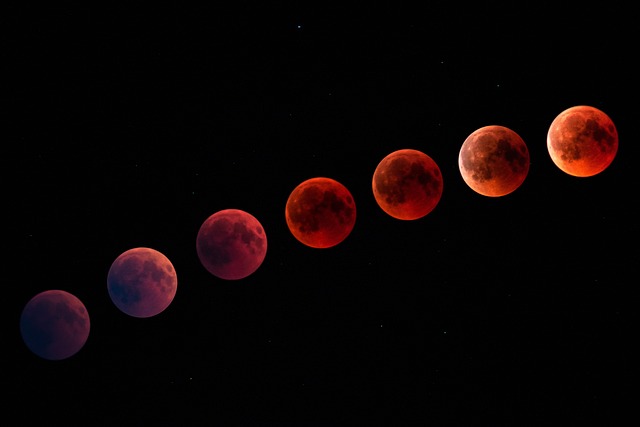
A lunar eclipse occurs when the Earth stands directly between the Sun and the Moon, casting its shadow across the lunar surface. During totality, the moon slips into the umbra—the darkest part of Earth’s shadow—and takes on a copper-red hue. This ‘blood moon’ is not ominous, but atmospheric: sunlight refracted through Earth’s skies, painting the moon with the light of every sunset on Earth. No special equipment was needed—only a clear view of the eastern horizon, a warm layer, and a moment of quiet. Those who watched saw the silver wheel turn red, the mountain become a mirror, and the sky remind us that myth lives not only in story, but in shadow.
Celtic Response to Eclipse
Unlike many ancient cultures that met eclipses with fear or superstition, the Celts likely welcomed them as sacred thresholds. Rooted in lunar rhythms and seasonal cycles, they may have seen the blood moon not as an omen, but as an invitation—a time when the veil thinned and the Otherworld stirred.
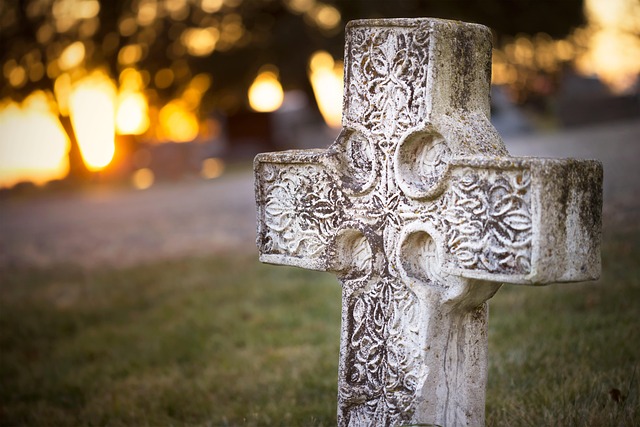
Eclipses offered a pause in the ordinary, a moment to honour ancestors, stir the cauldron of transformation, and listen for the wisdom carried in shadow. In the copper hush, they may have gathered at dusk, not to ward off darkness, but to meet it—to speak names, offer breath to the wind, and remember that endings are also beginnings.
🌒 Eclipse Ritual: Whispering to the Wheel
Though the eclipse has faded, its hush lingers. If you wish to honour what was stirred, find a quiet place where you can see the sky or feel its presence. Bring with you something small and grounding—a stone, a sprig of hazel, a bowl of water, or simply your breath.
Step into stillness: Let the memory of the eclipse settle around you. Notice the air, the shadows, the way the light shifts even now.
Name the threshold: Whisper the names of those who came before—ancestors known and unknown, land-keepers, story-weavers. Speak them into the breeze or trace them into the earth.
Offer breath or water: Blow gently across your palm or pour a little water onto the ground. A gesture of reverence, of remembering, of release.
Ask the moon: If you wish, ask what is ready to transform. What story is ready to be rewritten? What grief is ready to be composted into wisdom?
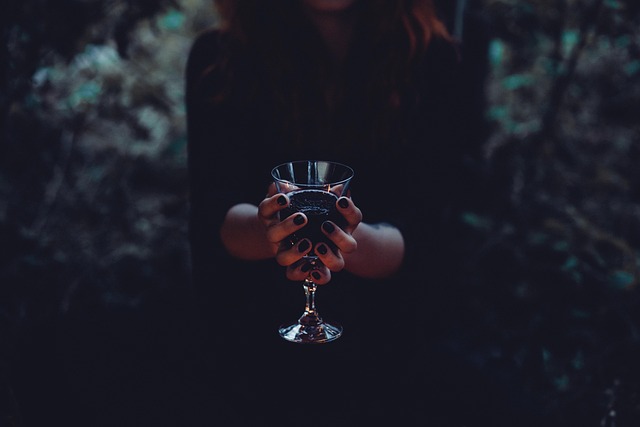
Close with belonging: Place your grounding object somewhere meaningful—a windowsill, an altar, a pocket. Let it remind you that you are part of the wheel, turning with the land and the sky.
The Wheel Turns
As the eclipse fades and the silver wheel begins to shine again, we are not left behind—we are carried forward. The autumn equinox approaches, a time of balance and descent, when day and night meet as equals. What was stirred in the eclipse may settle in the equinox. What was whispered in shadow may find voice in the coming full moon. Let this night be a beginning. A soft turning. A remembering.
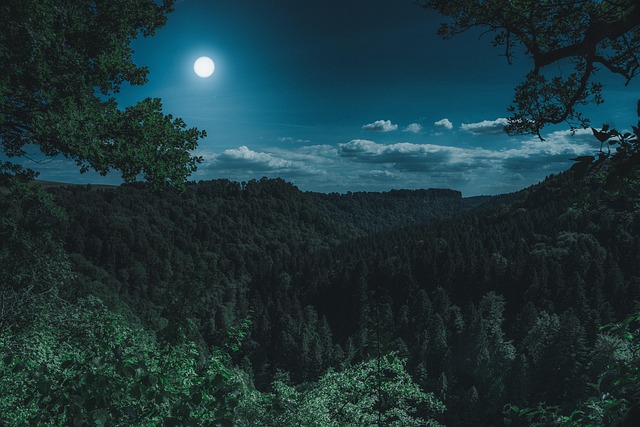
The wheel does not stop—it deepens. The eclipse passes, but its imprint remains. In the hush of the land, in the stories stirred, in the breath offered to the breeze. We are not separate from this turning. We belong to it. Just as the moon rises from behind the mountain, touching both earth and sky, so too do we rise—rooted and radiant, shadowed and sovereign.
Let this night remind us: transformation is not a spectacle, but a rhythm.
And we are part of it.
Arianrhod’s silver wheel turns not only in the heavens, but now in the language of her homeland. Kristoffer Hughes’ book, soon to be published in Welsh, offers a rare and radiant doorway into her myth and meaning. Find it here
Looking for more lunar reflections? Circle around to our New Moon post here
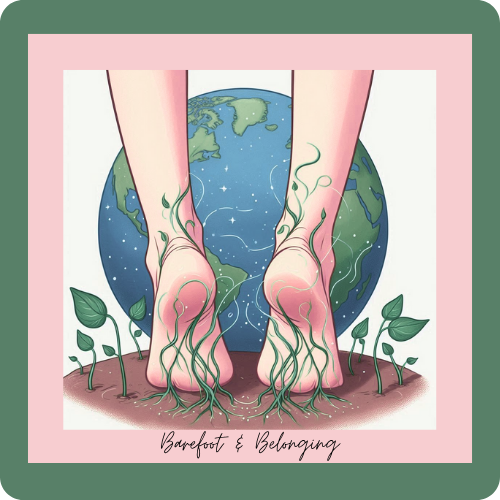
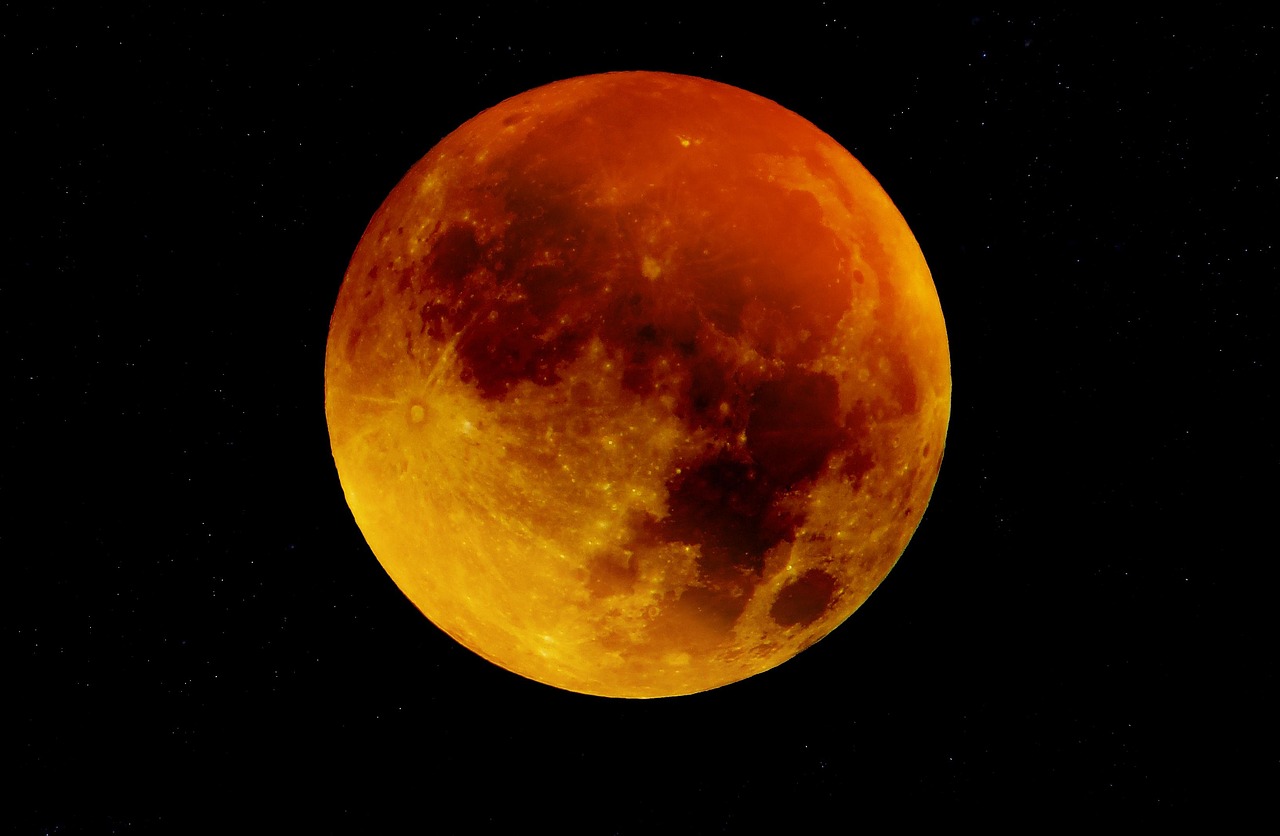
Leave a Reply